Our Iwi Story
Discovery of Te Wairere
Ngāti Hinerangi traces its origins in Te Rohe o Kōperu back to the ocean navigator and explorer, Ngāhue, from around the year 950 prior to the arrival of the Tainui waka in about 1300.
Ngāhue lived around the same period as Kupe and had also set out to explore the southern Pacific oceans. He made landfall on the western side of Tauranga harbour and headed inward to explore the Kaimai Range.
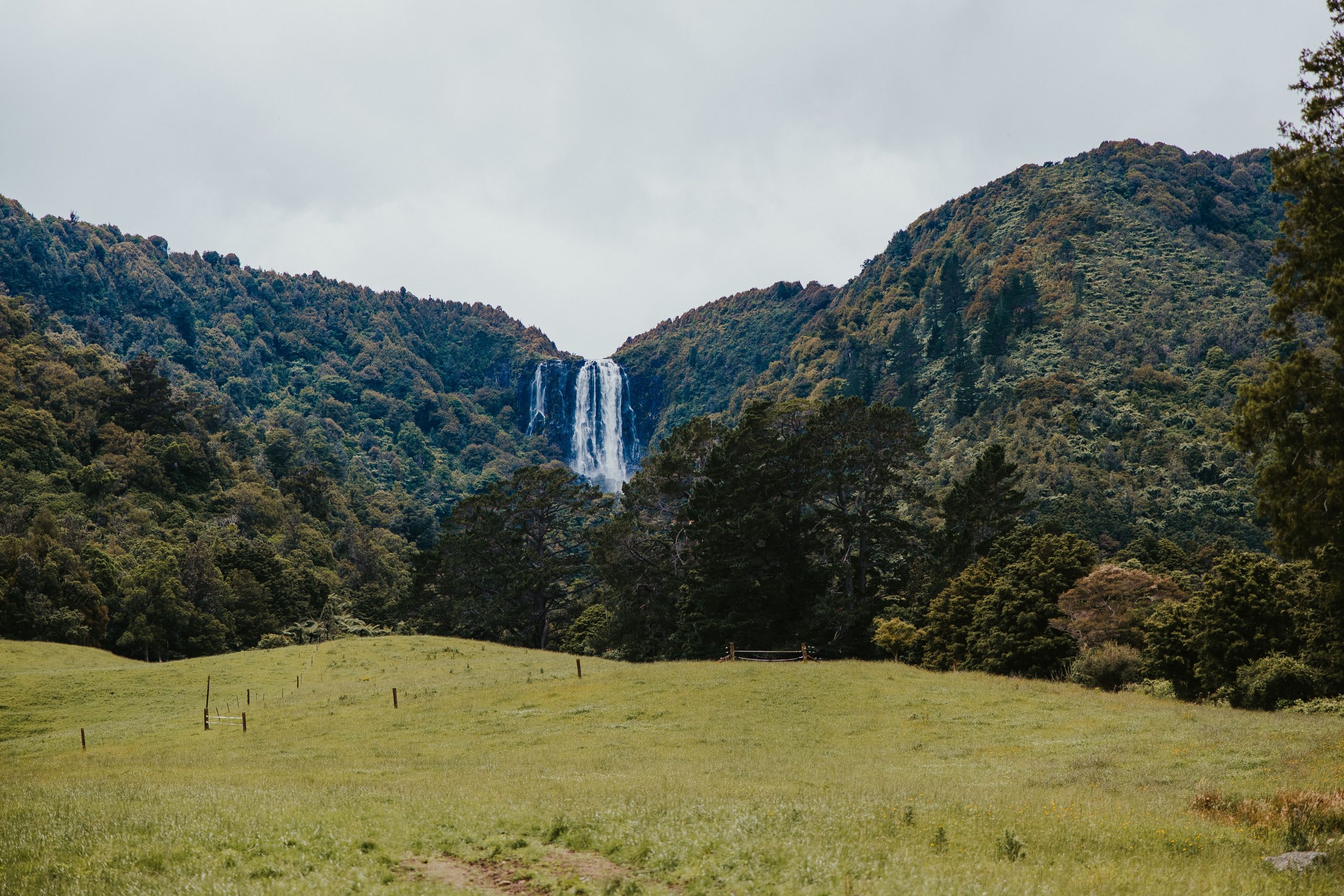
Ngāhue was drawn to the sound of a waterfall which he discovered and named Te Wairere. He then descended Te Wairere to what would be known as Ōkauia and made his way down the country to the west coast of the South Island where he discovered pounamu.
When Ngāhue returned, he took with him several pounamu and retraced his footsteps back to Te Wairere Falls. At the foot of Te Wairere, Ngāhue came across a giant moa which he killed and preserved its flesh to take back with him to Hawaiki. Ngāhue told his people about the new uninhabited land, he showed them the precious pounamu and preserved moa flesh which he had brought back with him. The discoveries of Ngāhue inspired the next generation of ocean navigators including Hoturoa, captain of the Tainui waka.
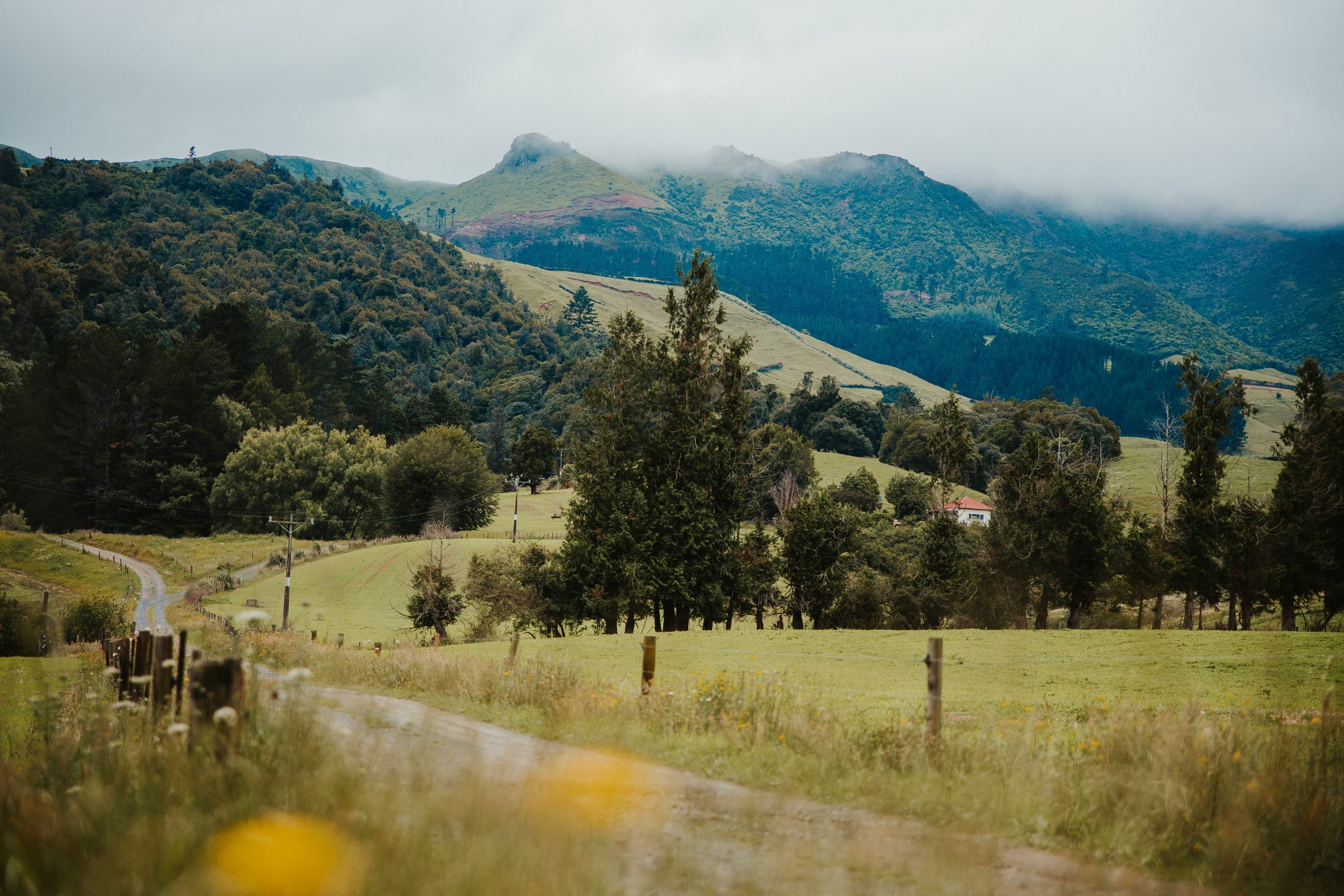
Te Rohe o Kōperu
Kōperu, the founding tupuna of Ngāti Hinerangi, was a 10th generation direct descendant of Hoturoa. His father was Tamapango, the son of Uenukuterangihoka.
Uenukuterangihoka’s father was Whatihua, the son of Tāwhao, the paramount chief of Tainui. Kōperu was born in Whāingaroa and grew up in the Kāwhia region in about the mid-1500s. Kōperu and his people were part of the Tainui eastward expansion into the eastern Waikato and Tauranga Moana regions. Kōperu married Moanawaiwai and they had three children: a daughter, Tūwaewae, and two sons, Tuakere and Pūtangimaru.
Tūwaewae married Tāmure, the son of Taungakitemarangai, a Tainui chief and Hinerangimārino, a chieftainess from Te Arawa who the iwi was named after.
Te Rohe o Kōperu, was the result of a conquest started by Kōperu and finished by his grandsons Tokotoko, Tangata and Te Riha.
This resulted in the establishment of Te Rohe o Kōperu. Ngāti Hinerangi hapū established coastal settlements at the Wairoa River, Hūhārua, Ōmokoroa, Pāhoia, Te Āpata, Te Aongatētē and Rereatukāhia which provided access to plentiful fishing grounds, kaimoana and coastal resources. The lands, forests and swamps in and around Matamata and the Kaimai Range provided access to further resources such as harakeke, manu, tuna, ika and kiore. The forests provided access to trees, plants and other materials for food, clothing, buildings, waka as well as rongoā. Geothermal springs in Ōkauia, Waiteariki, Waiharakeke, Te Tuhi, Taihoa and Tūāraparaharaha were used by Ngāti Hinerangi tūpuna for bathing, cooking and healing.
Ngāti Hinerangi were kaitiaki of the multiple tracks and trails over the Kaimai Range that provided communication and two-way access for military, trade and domestic purposes for whānau travelling from inland to the coast and vice versa. The most important tracks used by Ngāti Hinerangi tūpuna include the Maurihoro (Thompsons) track, Wairere track, Te Tuhi track, Te Ōhutu track and the Te Ara Pōhatu track.
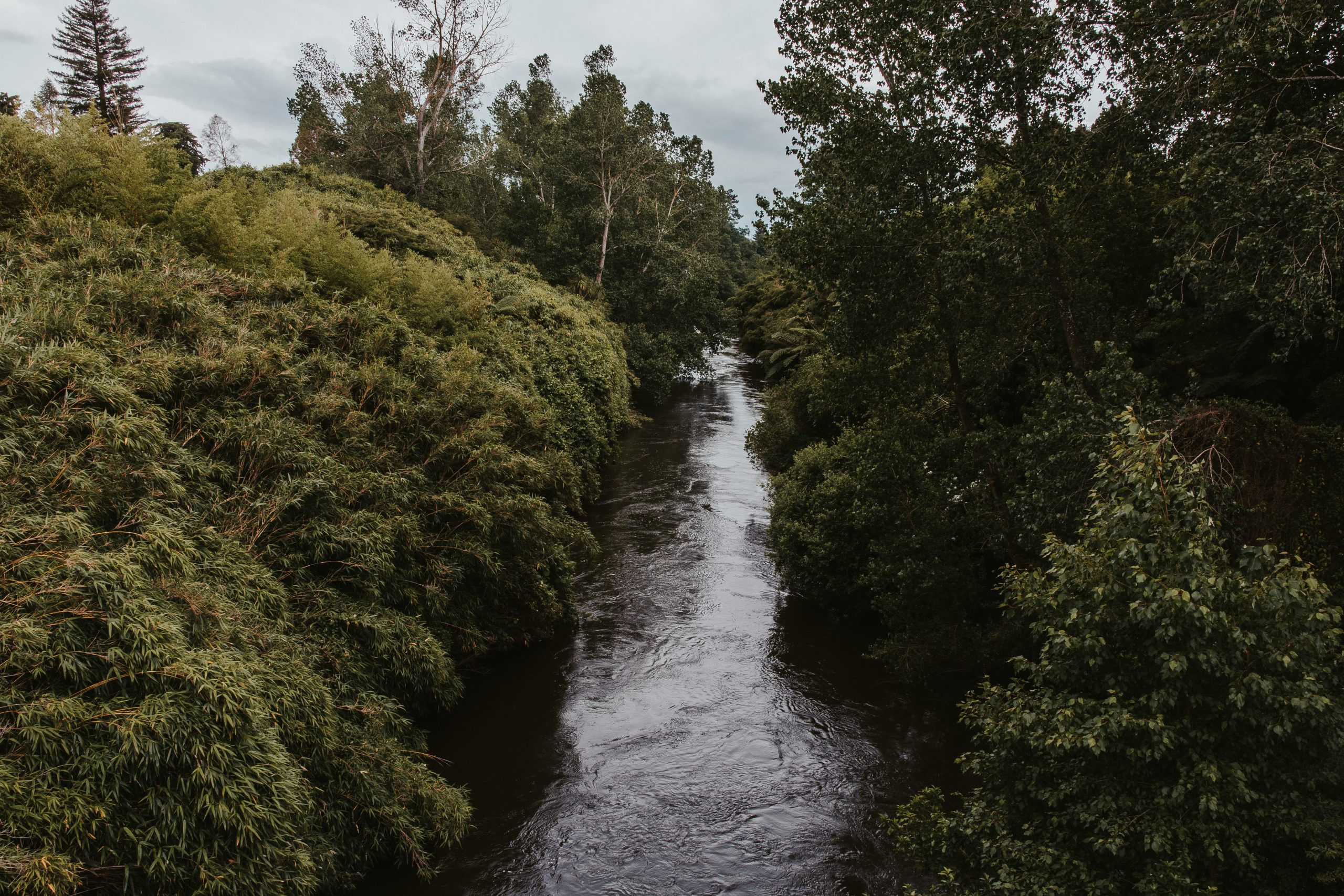
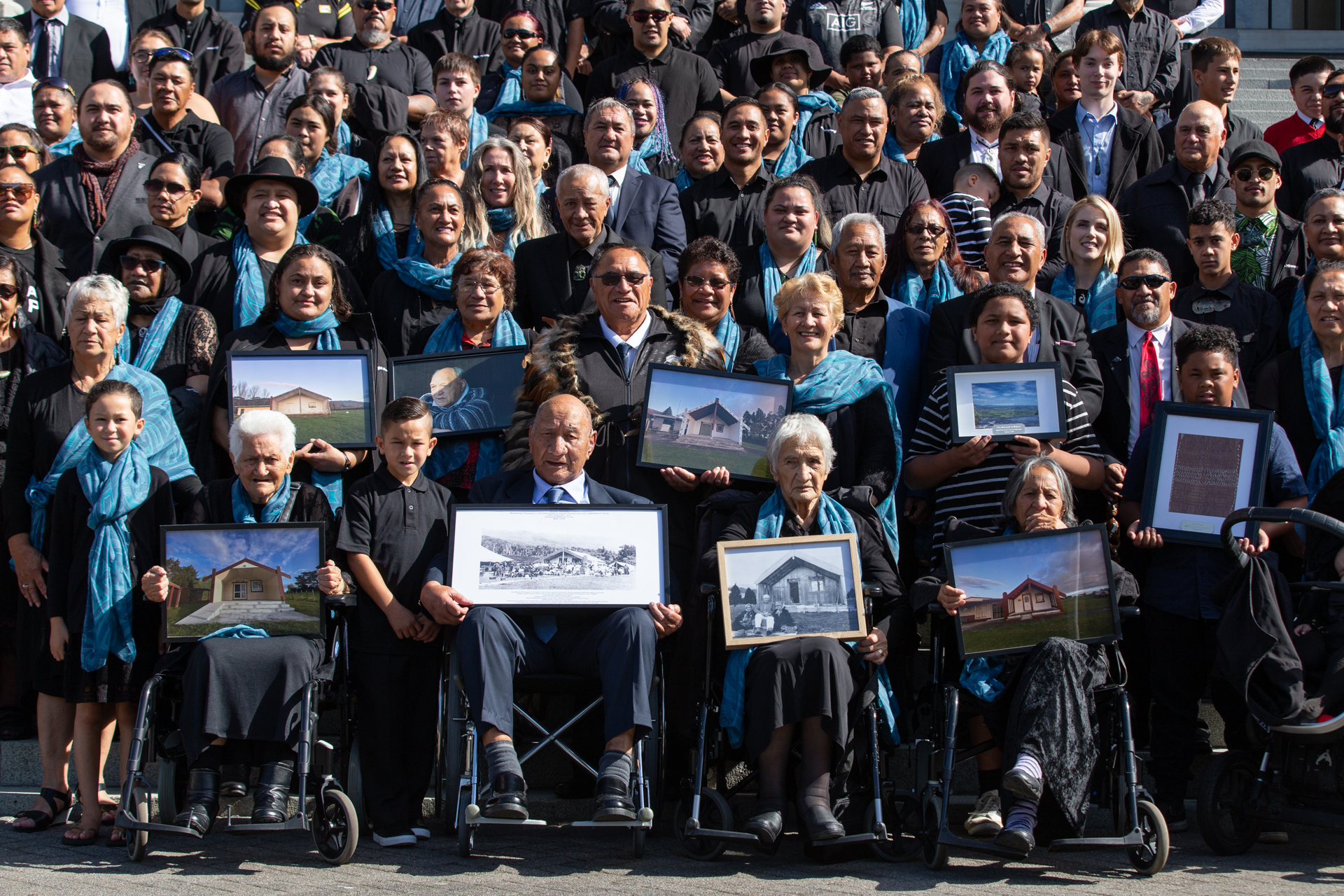
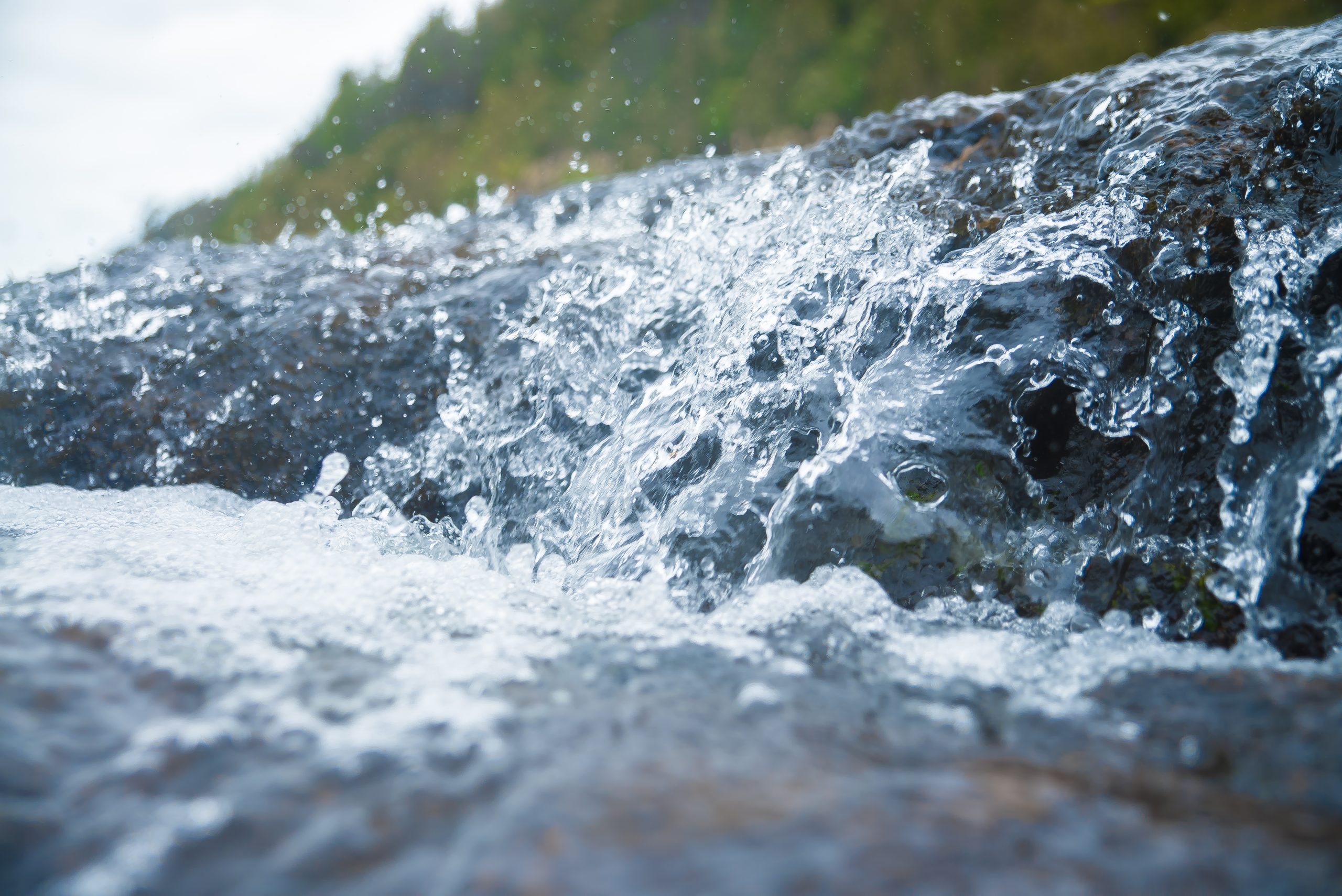
Our Iwi Today
Ngāti Hinerangi once prospered within the lands of our ancestors. However, as a result of Crown war and aggression, scorched earth tactics, confiscation, the Tauranga Bush Campaign, the forced purchase of Te Puna-Katikati and the devastation of the Native Land Court, our people were left landless, destitute and in severe poverty within our own whenua.
Throughout the late 1800’s and right through to the 1980’s our people continued to actively lobby, petition, and protest against the Government to address both historical and modern grievances. Modern grievances included the continuation of public work takings that targeted whenua Māori, the Kaimai Tunnel project, and the neglect of access to education, health services and much more.
Despite the heartache and intergenerational poverty, our people persisted and lodged their WAI claim with the Waitangi Tribunal. It has been a long and tough journey to get where we are today, but in April 2021, 150 whānau joined us for the third and final reading of the Ngāti Hinerangi Treaty of Waitangi Settlement bill in Parliament. This laid the foundation for the resurgence of our people, to once again thrive and blossom in the lands of our ancestors – kia tika, kia mahi, kia puāwai.
